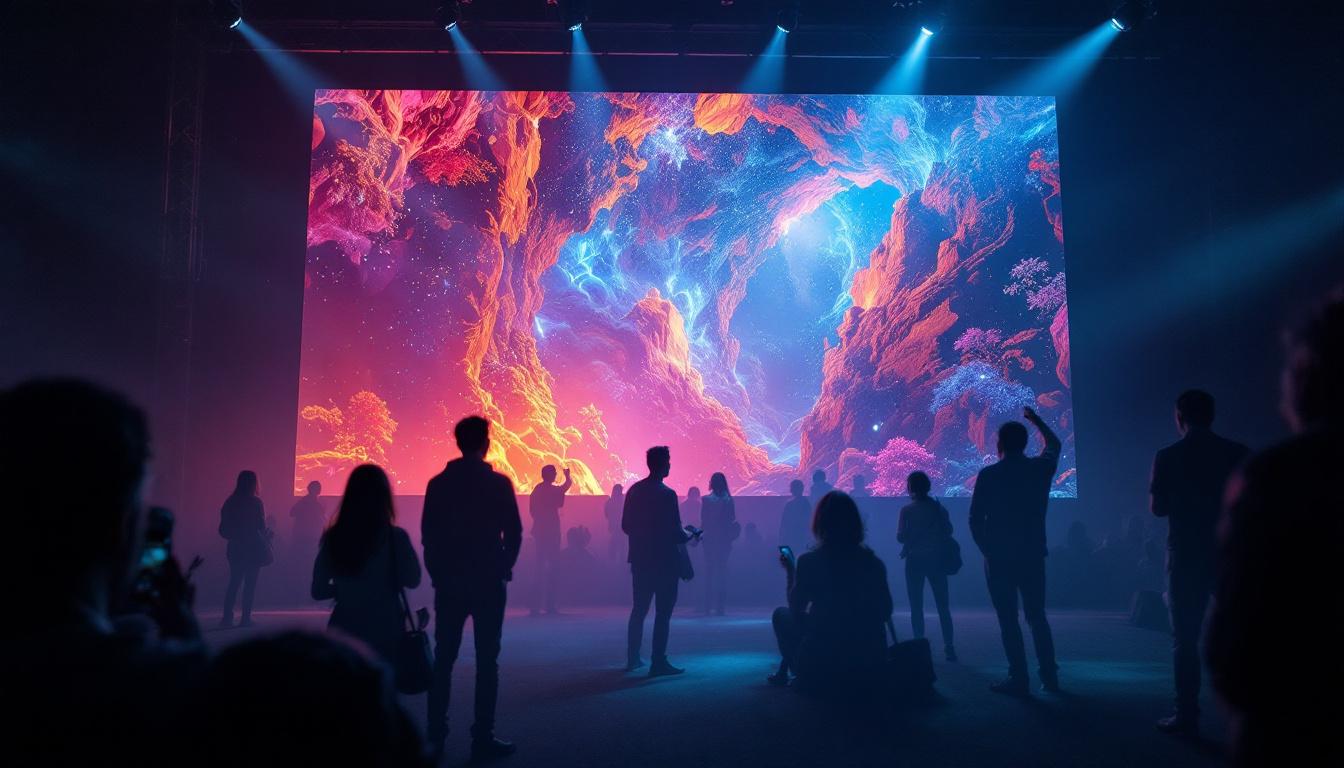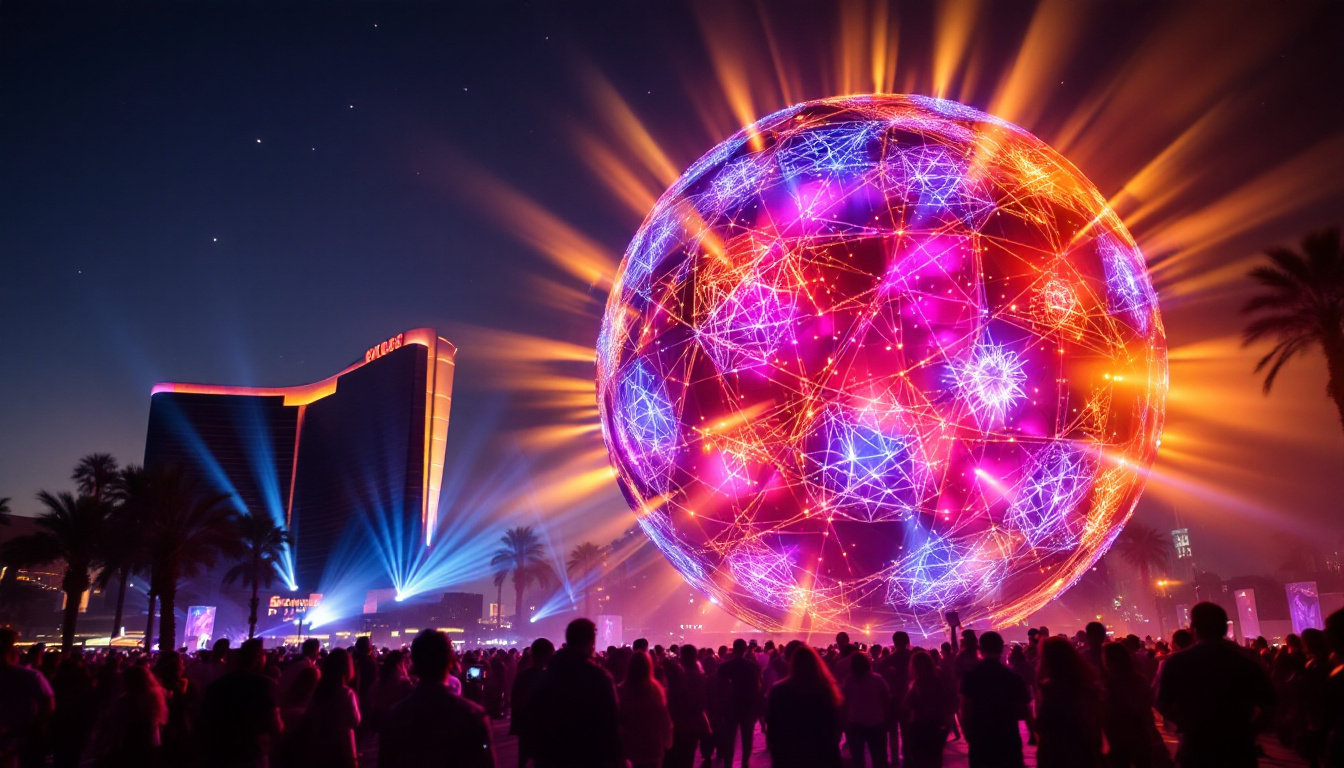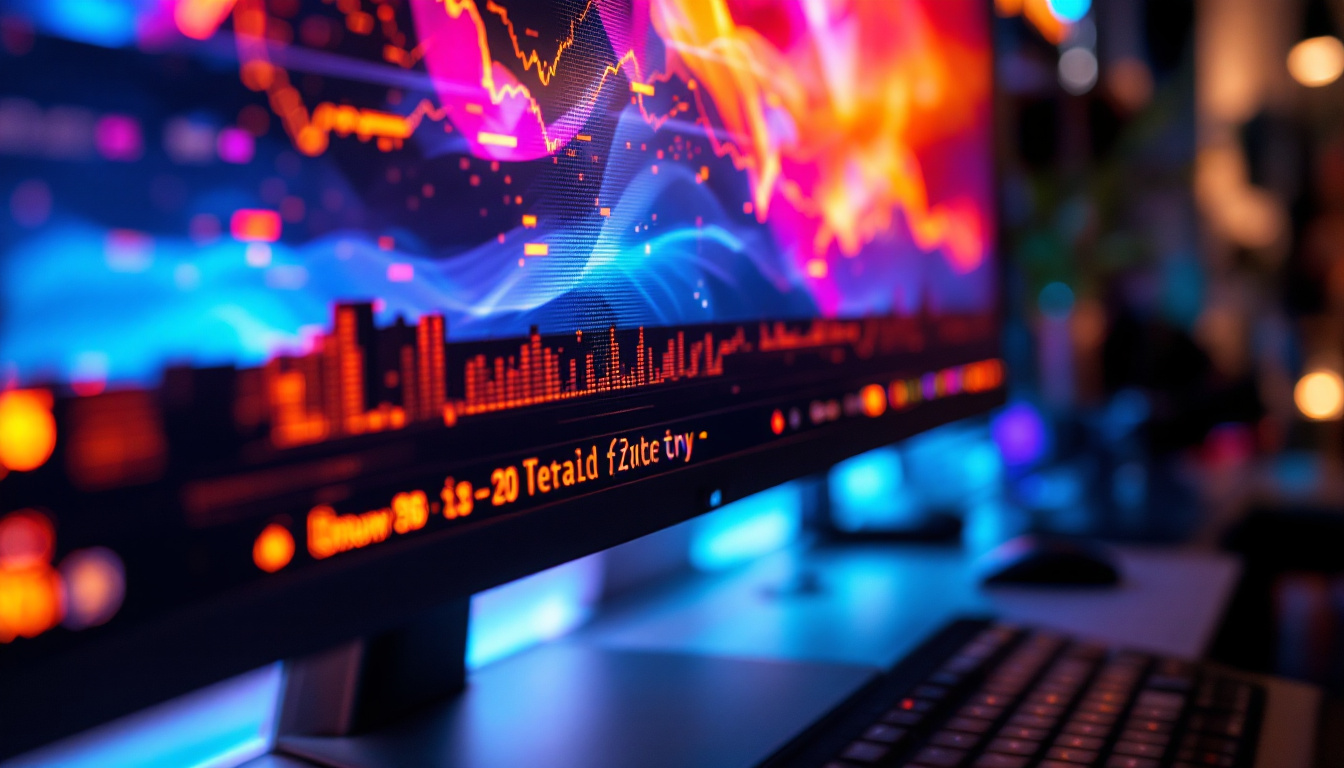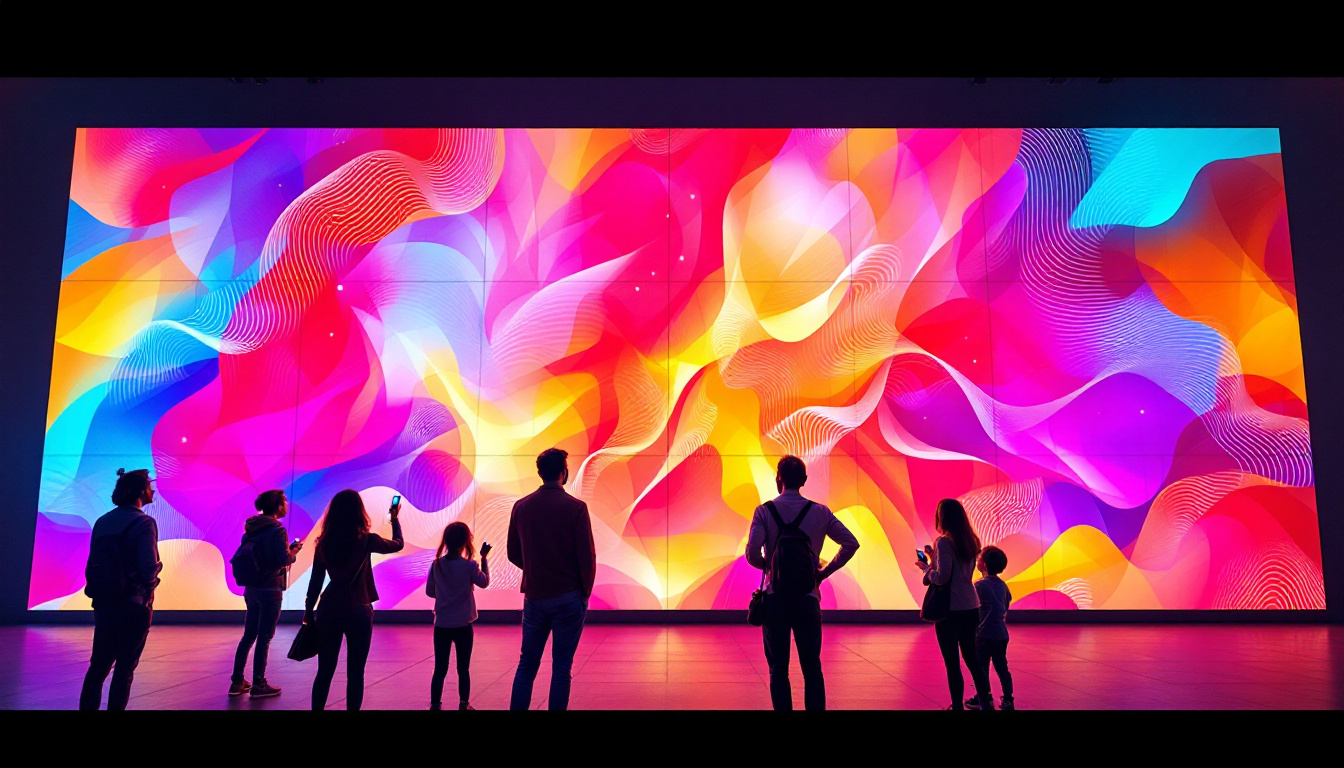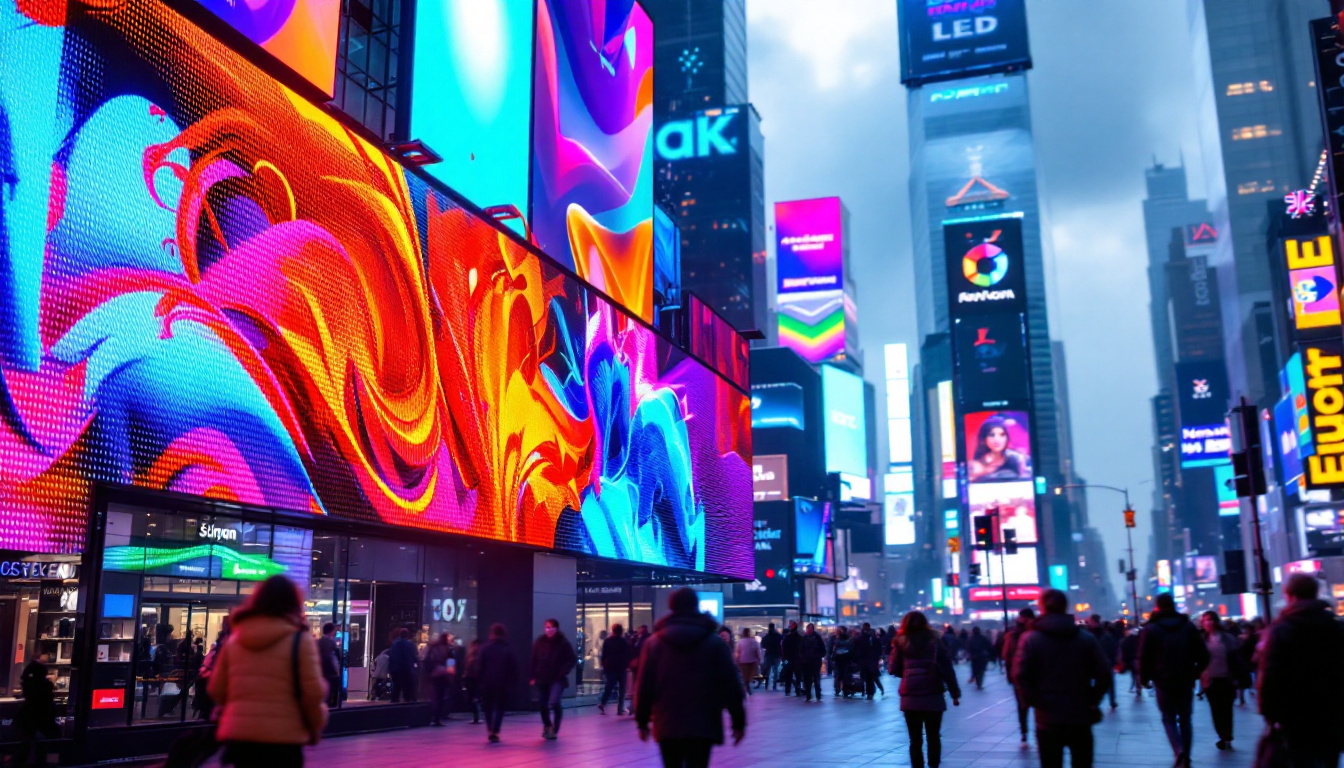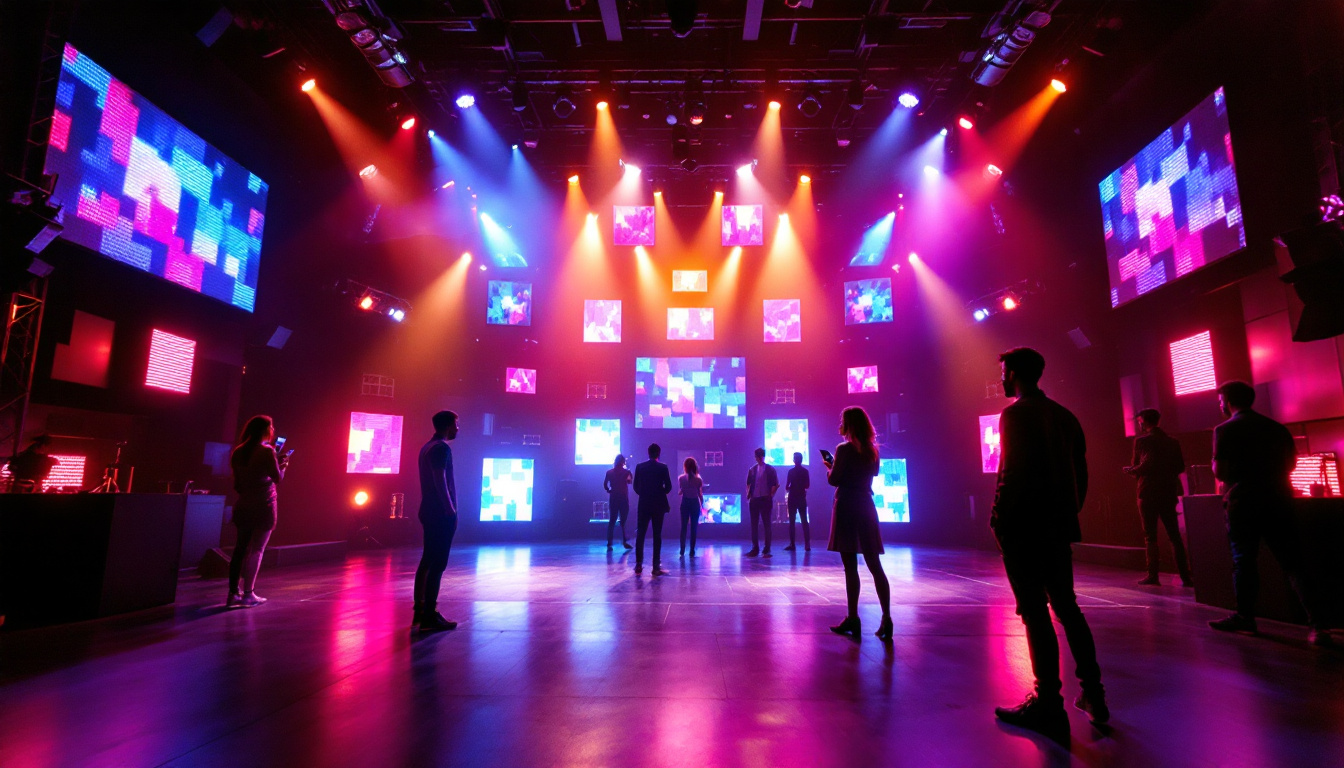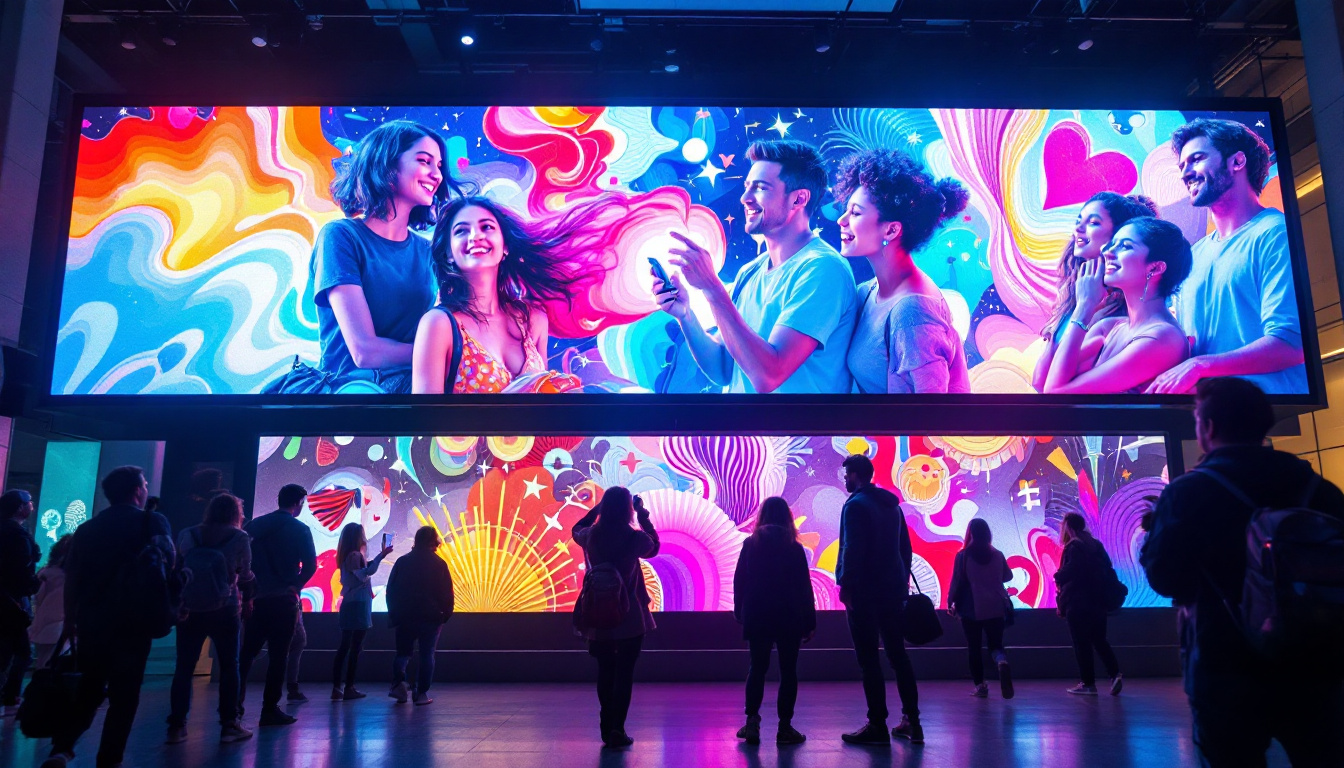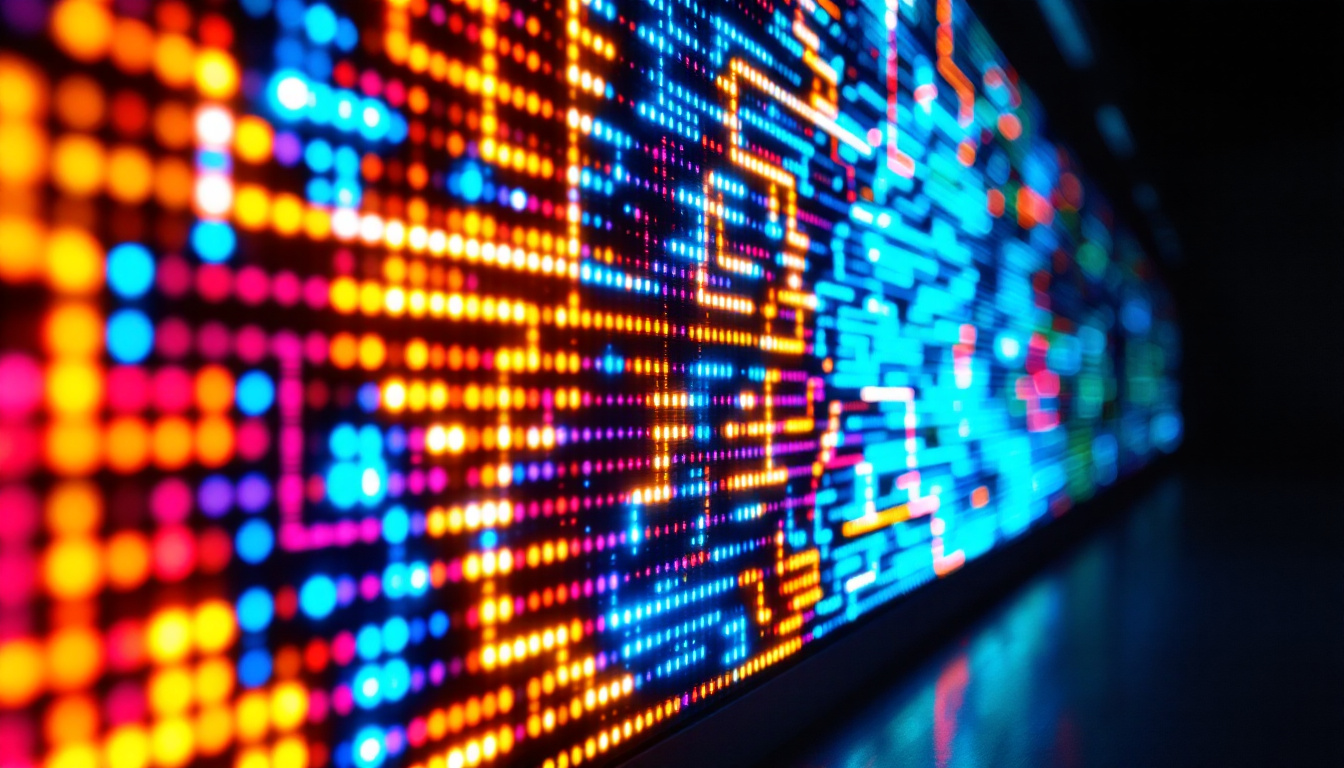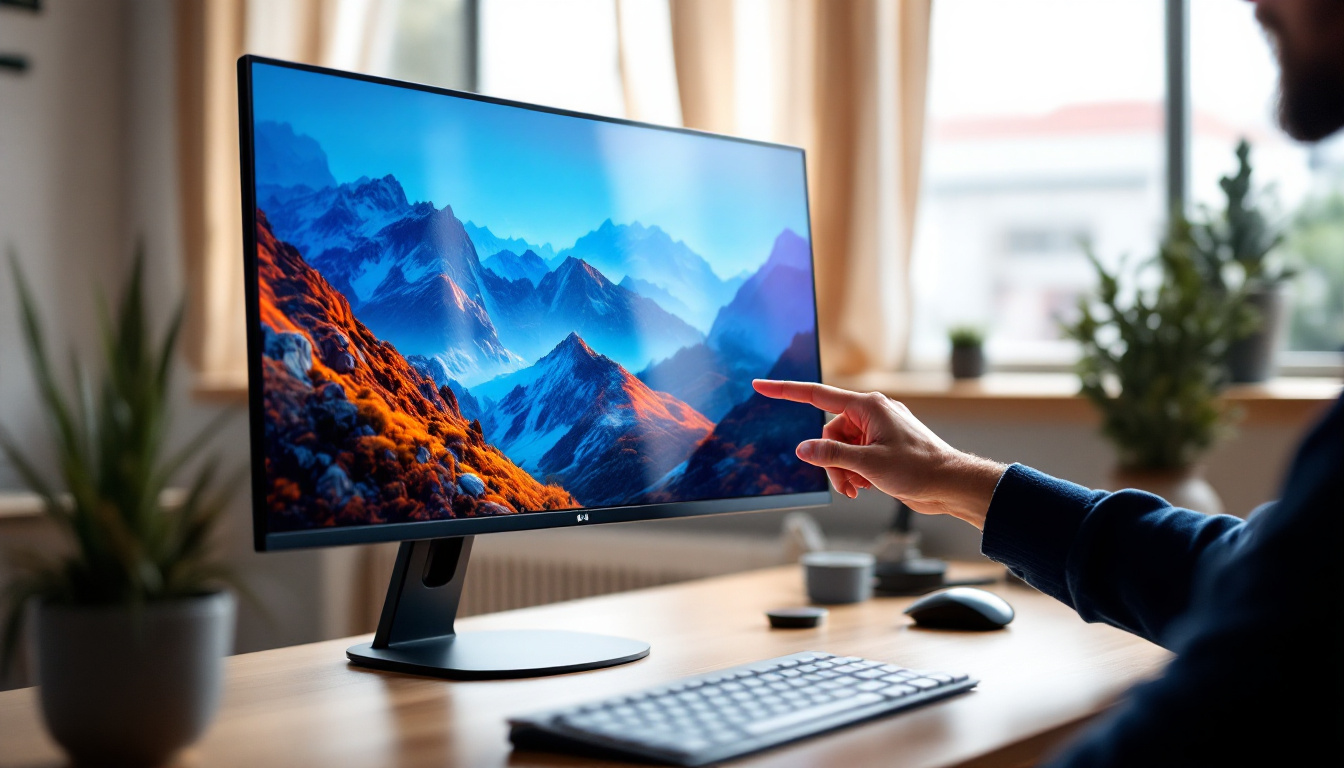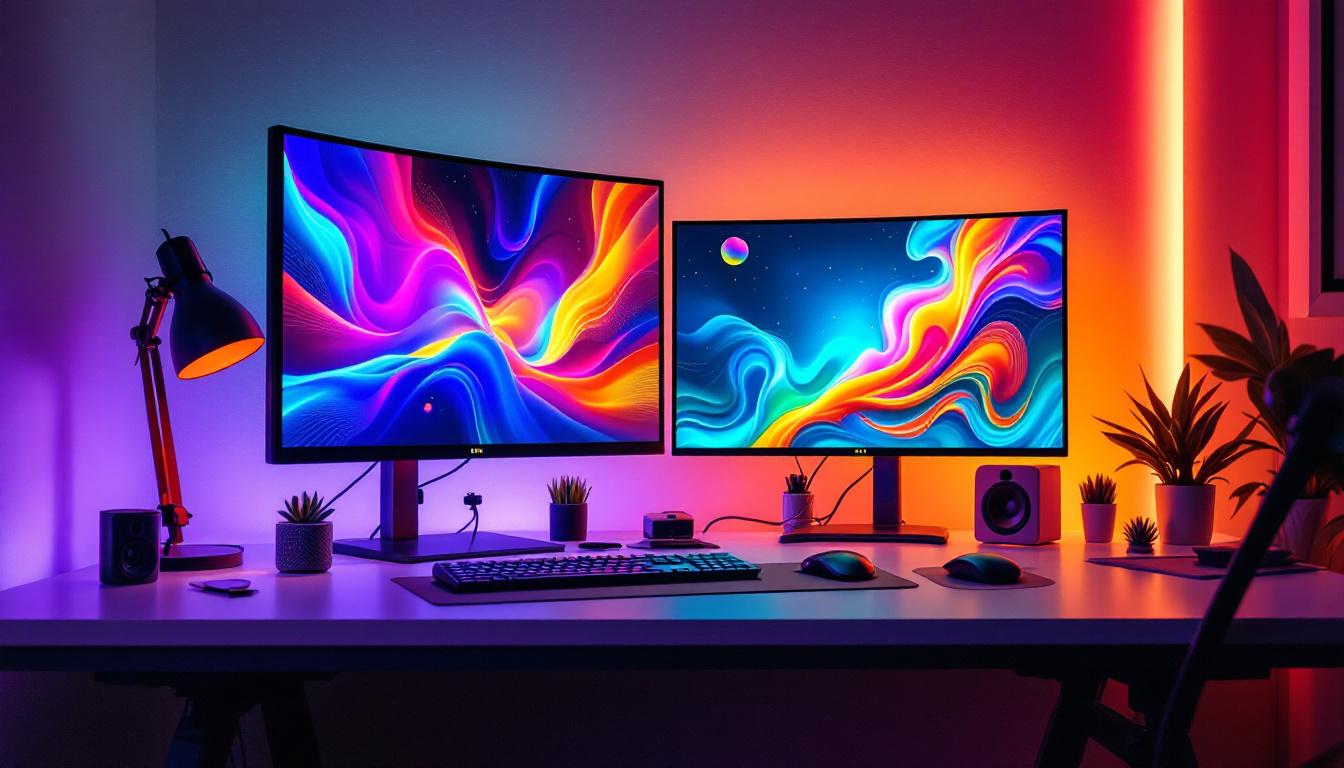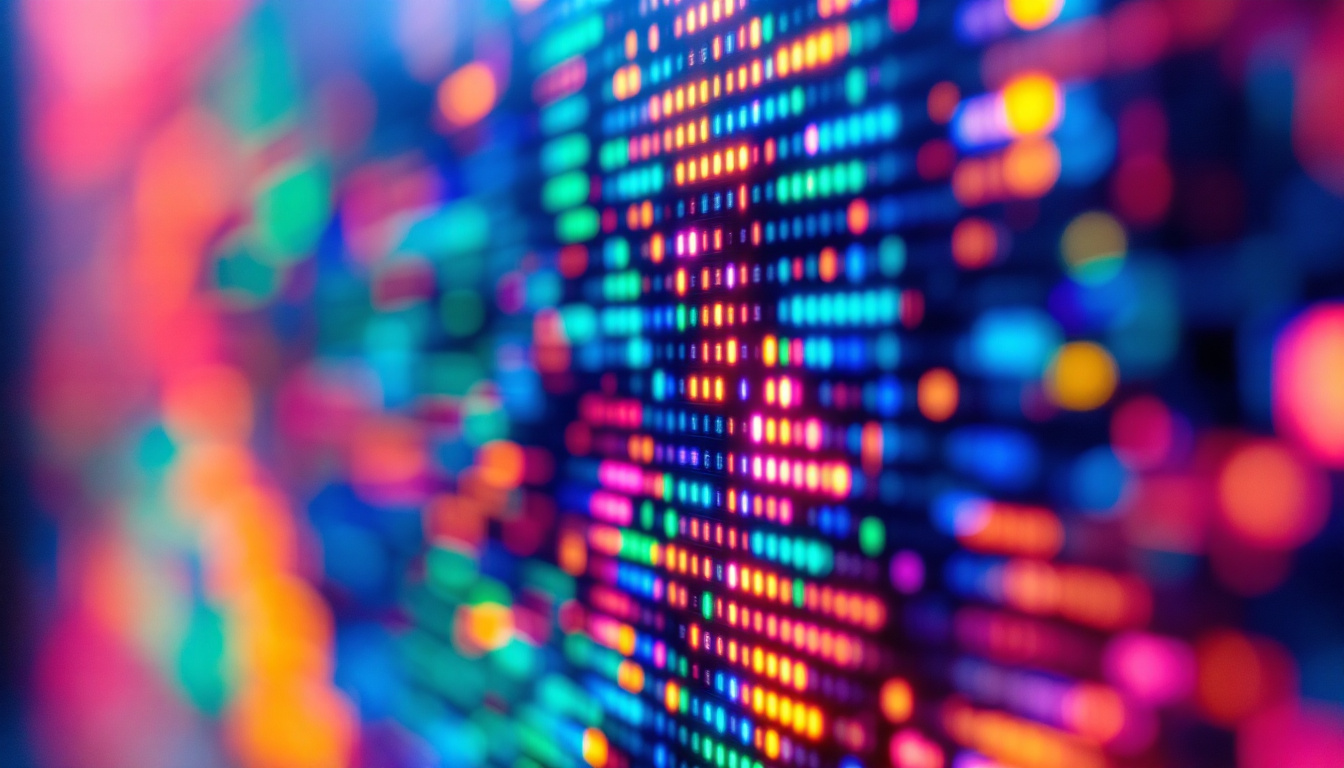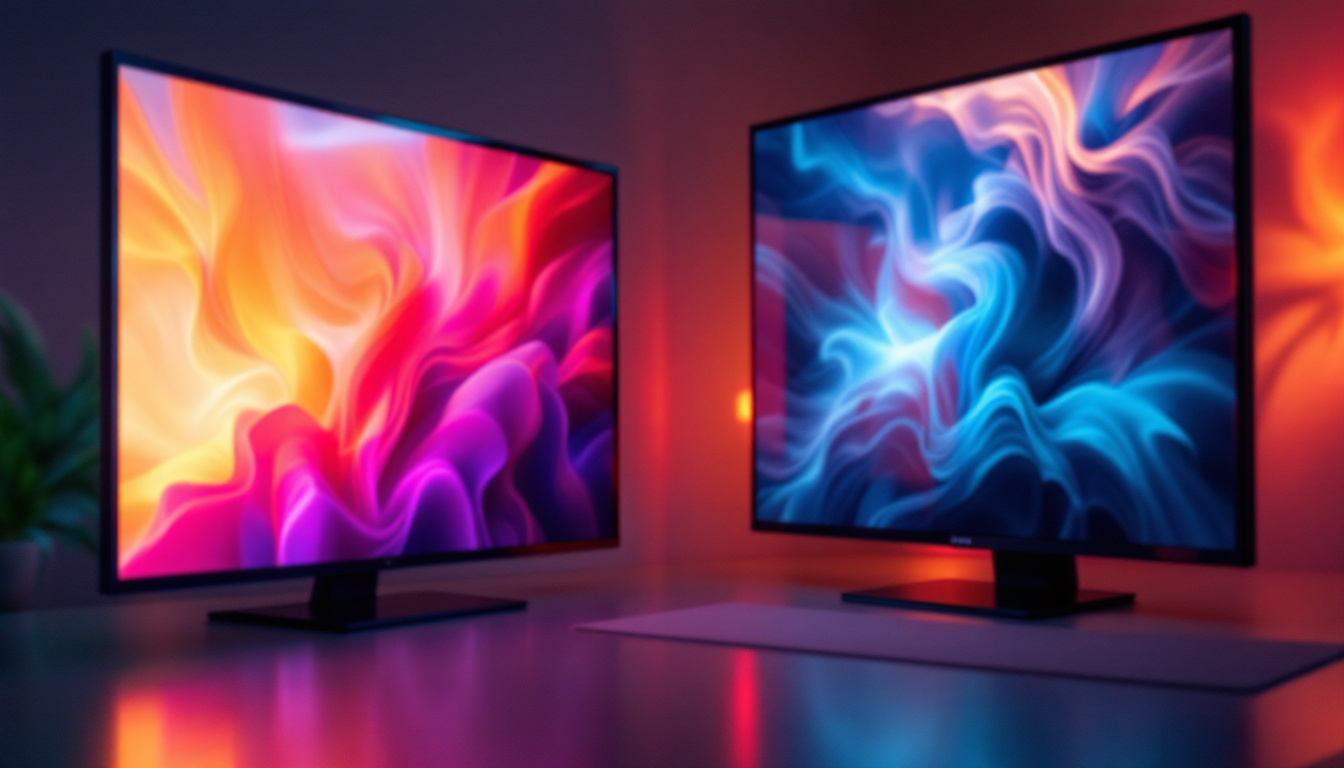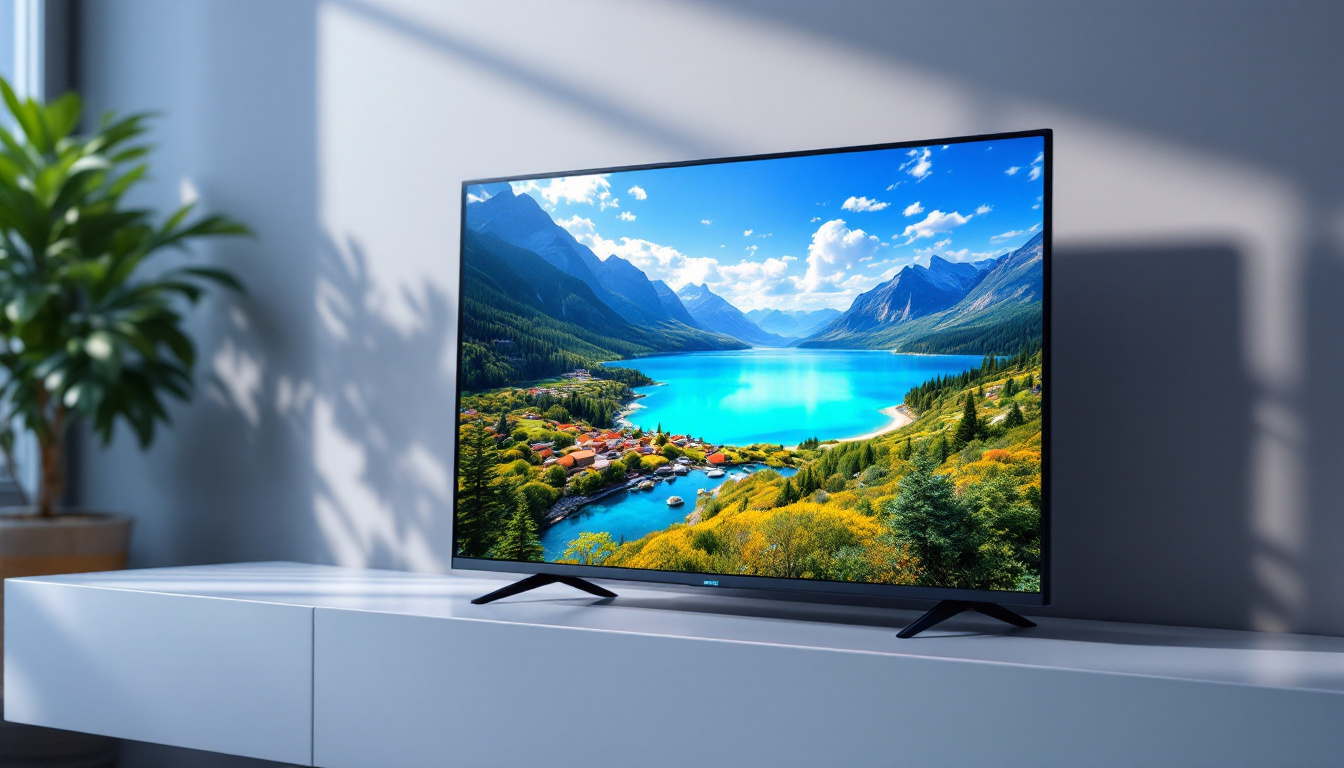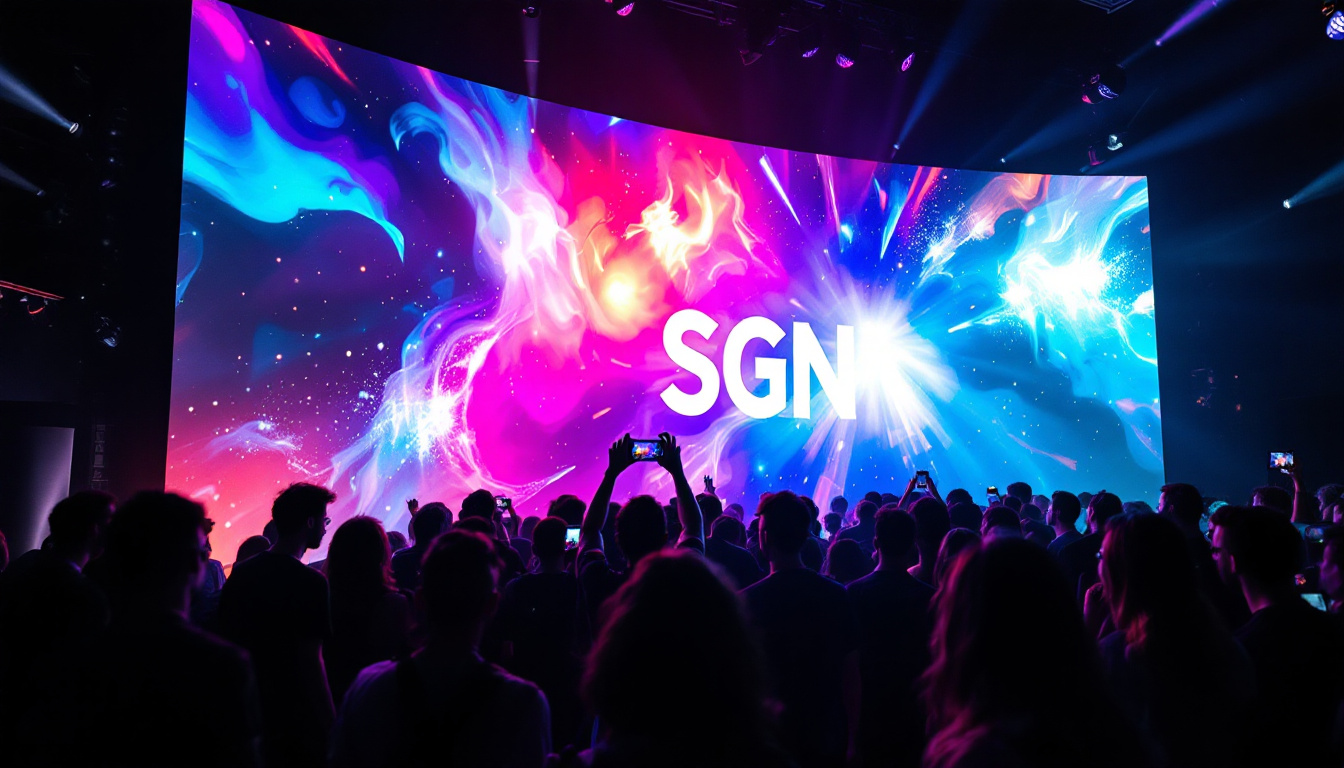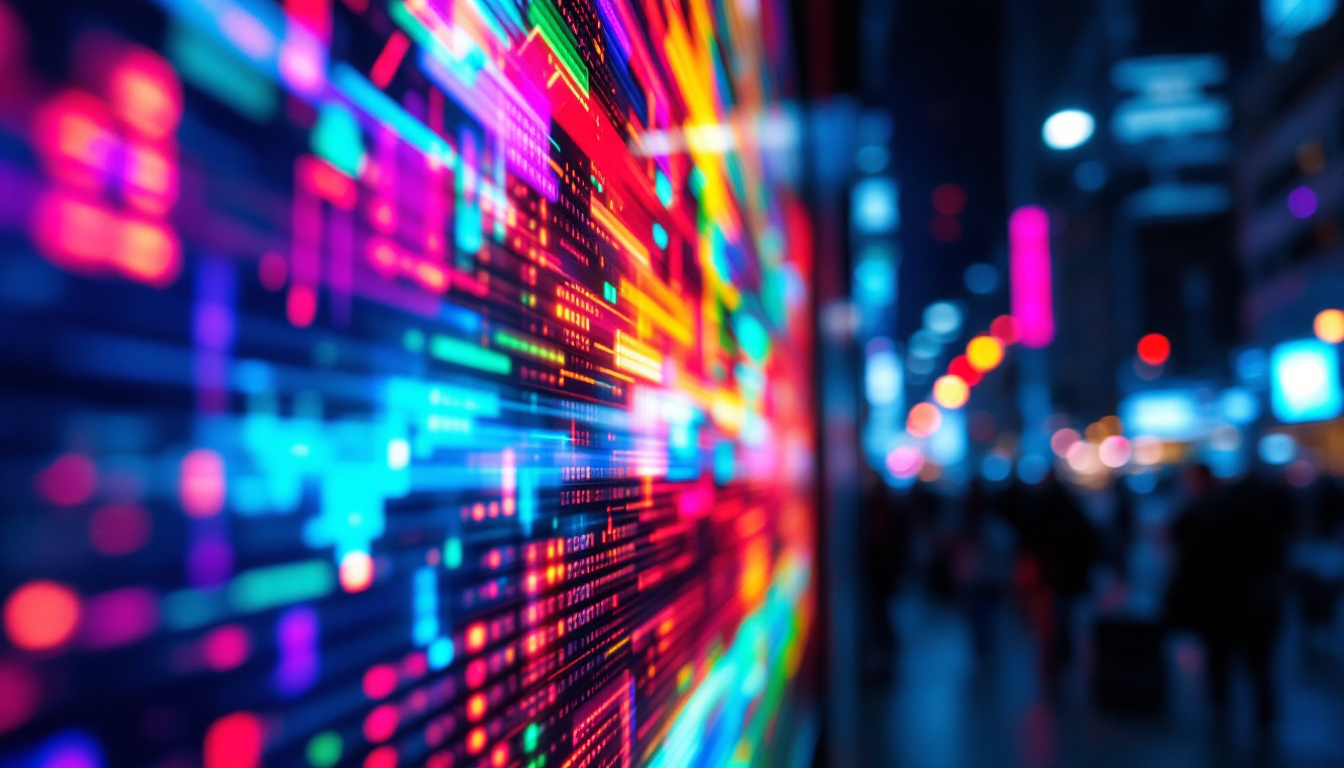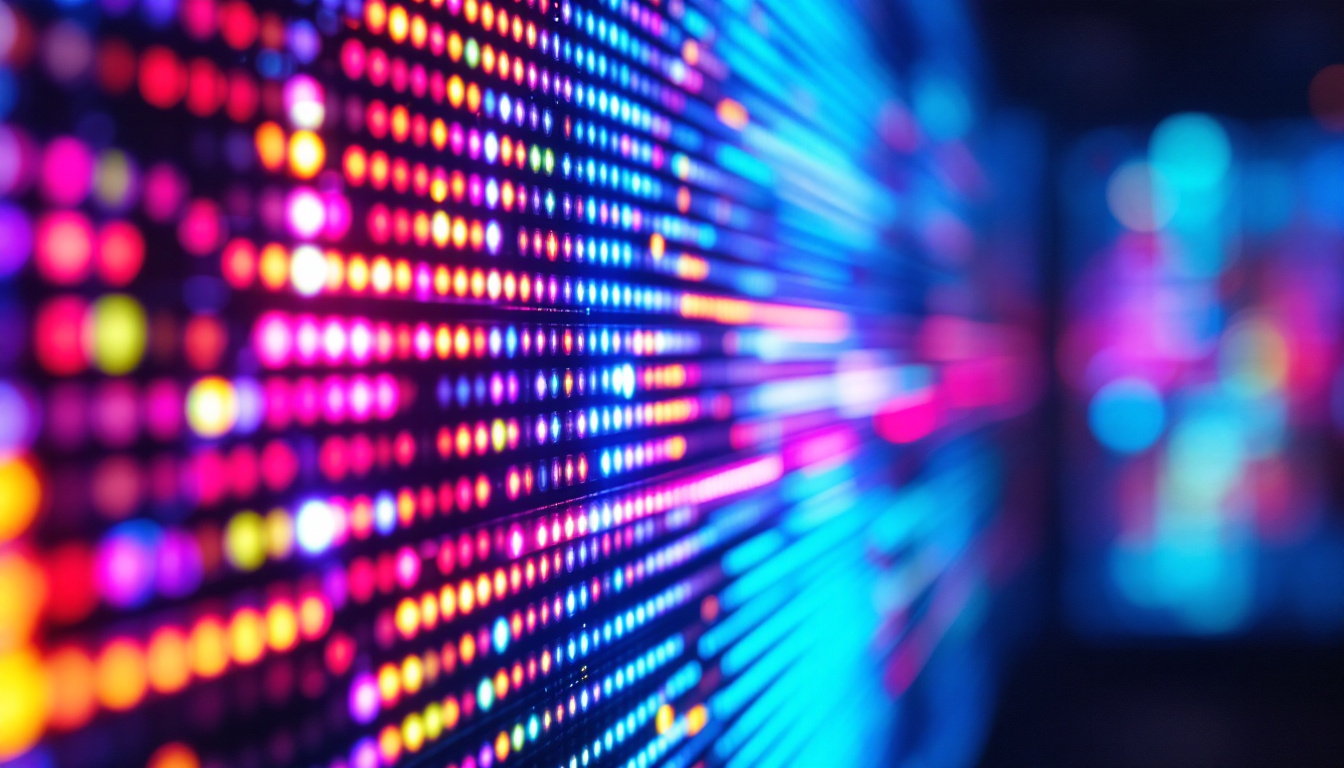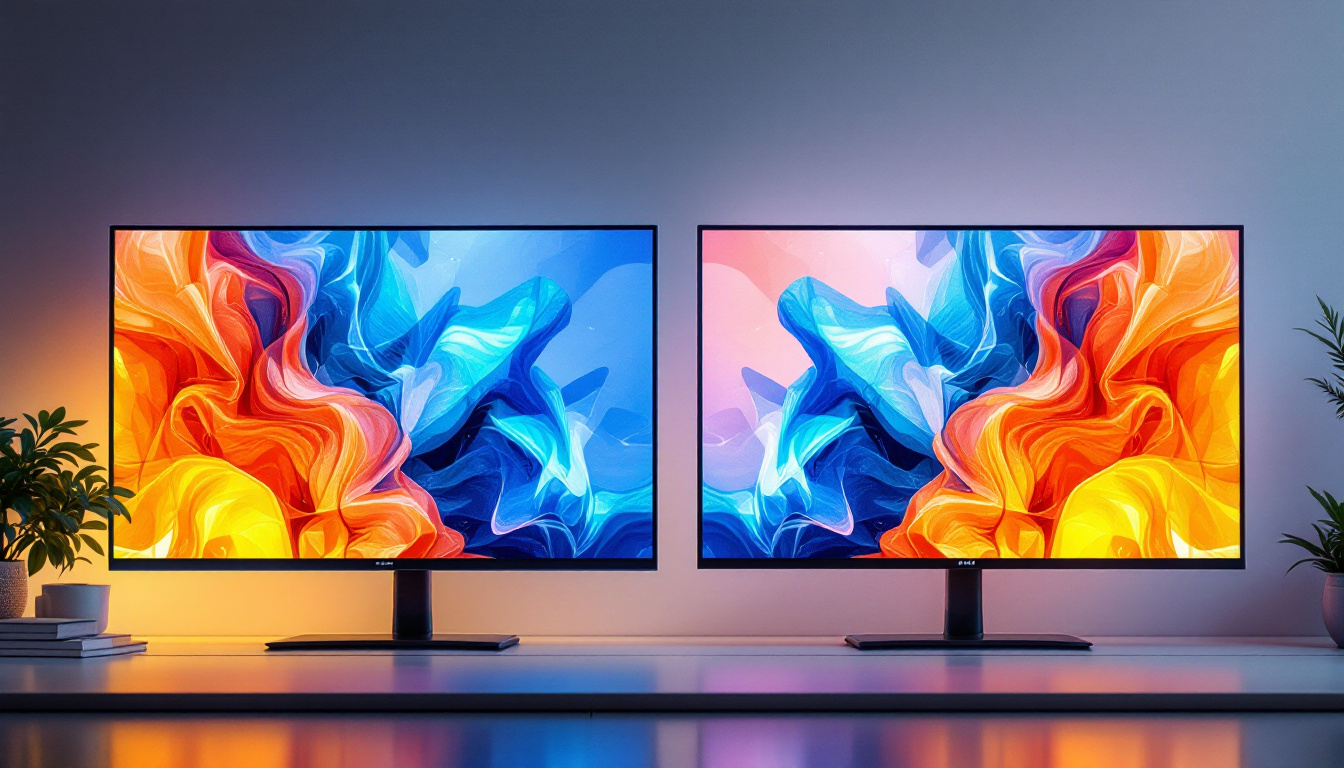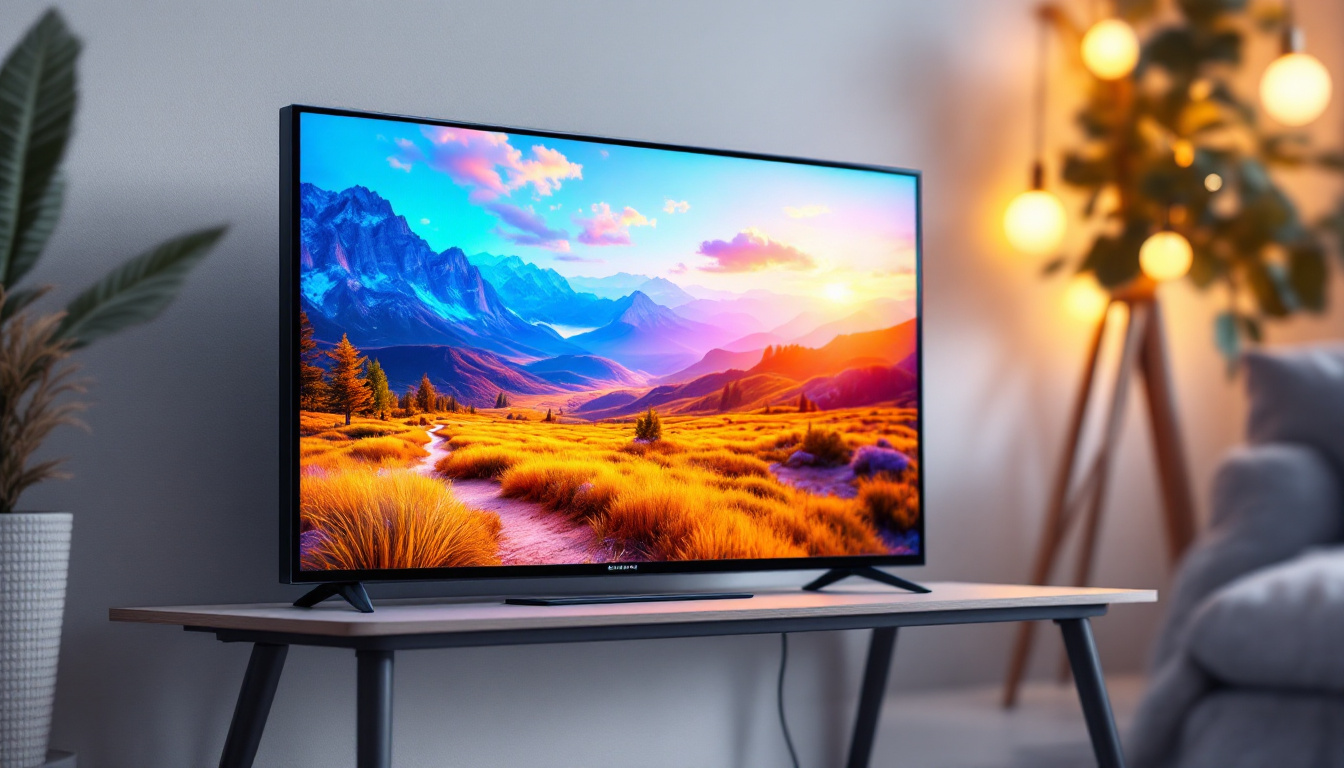In the world of large-scale visual displays, the demand for vivid, high-resolution, and reliable screens has never been greater. Whether it’s for stadiums, concert venues, corporate events, or outdoor advertising, large projector screens have traditionally been the go-to solution. However, the rise of LED display technology has revolutionized the landscape, offering a compelling alternative that combines brightness, durability, and flexibility. This article explores the fundamentals of large projector screens, delves into the technology behind LED displays, and compares the two to help you understand why LED is becoming the preferred choice for many large-scale applications.
Understanding Large Projector Screens
What Are Large Projector Screens?
Large projector screens are expansive surfaces designed to display projected images or videos. Typically, these screens are used in venues where audiences need to view content from a distance, such as in cinemas, conference halls, sports arenas, and outdoor events. They work by reflecting light from a projector, which casts the image onto the screen’s surface.
Sizes of these screens can vary widely, from 10 feet diagonally in smaller venues to over 100 feet in stadiums. The screen material is crucial, as it affects image quality, brightness, and viewing angles. Common materials include matte white, glass bead, and high-contrast screens, each optimized for different lighting conditions and projector types. For instance, high-contrast screens are particularly beneficial in environments with high ambient light, as they enhance the perceived contrast of the projected image, making it more vivid and engaging for viewers. Moreover, advancements in screen technology have led to the development of retractable and portable screens, which cater to the needs of mobile presentations and events, allowing for easy setup and takedown.
Limitations of Traditional Projector Screens
While large projector screens have been the standard for decades, they come with inherent limitations. One major challenge is ambient light interference. Projectors rely on casting light onto the screen, so in bright environments, the image can appear washed out or less vibrant. This limits their effectiveness in outdoor or well-lit indoor settings without controlled lighting. To combat this issue, some venues opt for specialized screens that utilize advanced technologies to improve brightness and contrast, but these can come at a higher cost.
Another limitation is the need for significant infrastructure. Projectors require mounting, alignment, and regular maintenance, and the screens themselves can be cumbersome to install and transport. Additionally, image quality is dependent on the projector’s resolution and brightness, which can degrade over time. This means that for optimal performance, both the projector and the screen must be regularly evaluated and updated to keep pace with advancements in display technology. Furthermore, the physical space where the screen is installed plays a critical role; factors such as viewing distance, seating arrangement, and even audience size can impact the overall effectiveness of the projection, necessitating careful planning and consideration before installation.
The Rise of LED Display Technology
What Is an LED Display?
LED (Light Emitting Diode) displays are digital screens composed of numerous tiny LED modules that emit light directly. Unlike projector screens, LED displays do not rely on external light sources; instead, each pixel produces its own light, resulting in brighter and more vivid images. This self-illuminating property makes LED displays especially effective in environments with high ambient light.
LED displays can be configured in various sizes and shapes, from small indoor panels to massive outdoor billboards and stadium screens. Their modular design allows for scalability and customization, making them highly versatile for different applications. This adaptability has led to their widespread use in diverse settings, including retail environments, concert venues, and even art installations, where dynamic visuals can enhance the viewer’s experience.
Types of LED Displays for Large Screens
There are primarily two types of LED displays used for large screens: indoor and outdoor LED displays. Indoor LED displays typically have a smaller pixel pitch (the distance between individual LEDs), which means higher resolution and sharper images at close viewing distances. Outdoor LED displays have a larger pixel pitch to ensure visibility from far away and are built to withstand weather conditions.
Additionally, microLED technology is emerging as a next-generation solution, offering even higher resolution, better color accuracy, and improved energy efficiency. Though still in the early stages of widespread adoption, microLED could redefine large display standards in the near future. This technology utilizes microscopic LEDs that can be arranged in flexible configurations, allowing for innovative designs that can seamlessly integrate into various environments, from corporate offices to immersive gaming setups.
Furthermore, the integration of smart technology with LED displays is revolutionizing how content is delivered and interacted with. Many modern LED displays come equipped with sensors and connectivity options that allow for real-time data integration, enabling dynamic content updates based on audience engagement or environmental conditions. This capability not only enhances advertising effectiveness but also opens new avenues for interactive experiences, such as augmented reality applications that blend digital content with the physical world, creating a more engaging and immersive viewer experience.
Comparing Large Projector Screens and LED Displays
Brightness and Visibility
One of the most significant advantages of LED displays over traditional projector screens is brightness. LED screens can achieve brightness levels exceeding 5,000 nits, making them clearly visible even in direct sunlight. In contrast, projectors typically offer brightness measured in lumens, with high-end models reaching around 20,000 lumens, but their image quality still suffers in bright environments due to reflected light.
This difference makes LED displays ideal for outdoor events, sports arenas, and digital signage where ambient light cannot be controlled. For example, the LED screens used in major stadiums like the AT&T Stadium in Texas provide clear, vibrant images regardless of daylight conditions.
Image Quality and Resolution
LED displays offer superior image quality with vibrant colors, deeper blacks, and higher contrast ratios compared to projector screens. Because each LED emits light independently, the displays can produce true blacks by turning off individual pixels, a feat impossible with projected images on reflective surfaces.
Resolution depends on pixel pitch; smaller pitches mean higher resolution. For instance, a 2.5mm pixel pitch LED screen can deliver near-4K quality on large surfaces, making them suitable for close-up viewing in indoor environments. Projector screens, on the other hand, rely on the projector’s native resolution, which can vary widely and often degrades over large screen sizes.
Durability and Maintenance
LED displays are generally more durable and require less maintenance than projector setups. Outdoor LED screens are designed to withstand harsh weather conditions, including rain, wind, and extreme temperatures. They also have longer lifespans, often exceeding 100,000 hours of operation.
Projectors require periodic lamp replacements, alignment checks, and can be sensitive to dust and mechanical shocks. The screens themselves can suffer from wear and tear, especially if used outdoors or moved frequently. This makes LED displays a more cost-effective solution over the long term despite their higher initial investment.
Installation and Flexibility
Projector screens usually require a fixed installation with precise alignment between the projector and screen. This can limit flexibility in venue setup and requires careful planning. Additionally, large screens can be difficult to transport and set up for temporary events.
LED displays offer greater flexibility due to their modular nature. Panels can be assembled in various configurations, curved shapes, or even transparent designs for creative applications. This adaptability makes them popular for concerts, exhibitions, and trade shows where quick assembly and disassembly are essential.
Applications and Use Cases
Sports and Entertainment Venues
Stadiums and arenas have embraced LED displays for scoreboards, advertising, and live video feeds. The ability to deliver bright, high-resolution images visible from all angles enhances the spectator experience. For example, the massive LED video boards at Wembley Stadium in London provide dynamic content that engages tens of thousands of fans simultaneously.
Corporate Events and Conferences
LED displays are increasingly common in corporate settings, where they serve as dynamic backdrops for presentations, product launches, and branding. Their high resolution and brightness ensure that even complex visuals and fine text are clearly visible to large audiences, improving communication effectiveness.
Outdoor Advertising and Digital Signage
Billboards and digital signage have transitioned from static printed ads to vibrant LED screens capable of displaying video, animations, and real-time information. This shift allows advertisers to capture attention more effectively and update content instantly. Cities like Times Square in New York and Shibuya Crossing in Tokyo showcase the impact of LED displays on urban advertising landscapes.
Future Trends in Large Display Technology
Advancements in LED Technology
Technological improvements continue to push the boundaries of LED displays. Innovations such as microLED and miniLED promise better energy efficiency, higher brightness, and enhanced color accuracy. These advances will further improve image quality and reduce costs, making LED displays accessible to a broader range of applications.
Integration with Interactive and Smart Technologies
Large LED displays are increasingly integrated with interactive features like touch sensitivity, augmented reality (AR), and real-time data feeds. This convergence enables immersive experiences in retail, education, and entertainment sectors, transforming passive viewing into active engagement.
Sustainability Considerations
As environmental concerns grow, manufacturers are focusing on creating LED displays with lower power consumption and recyclable materials. The longevity and energy efficiency of LEDs already position them as a greener alternative to traditional projection systems, aligning with corporate social responsibility goals.
Conclusion
Large projector screens have served as a reliable solution for displaying visuals to large audiences for many years. However, the emergence of LED display technology has introduced a new era of brightness, durability, and versatility. LED displays outperform traditional projector screens in nearly every critical aspect, from image quality and visibility to maintenance and installation flexibility.
For organizations and event planners seeking impactful, high-performance large screens, LED displays represent a future-proof investment. As technology continues to evolve, LED solutions will become even more accessible and feature-rich, solidifying their role as the standard for large-scale visual communication.
Discover LumenMatrix’s Innovative LED Solutions
Ready to elevate your visual displays with unparalleled brightness, clarity, and versatility? LumenMatrix is at the forefront of LED display technology, offering a wide array of solutions tailored to your unique needs. From Indoor and Outdoor LED Walls to specialized displays for vehicles, sports, and even customizable options, our mission is to transform your visual communication with displays that captivate and engage. Experience the future of large-scale displays with LumenMatrix. Check out LumenMatrix LED Display Solutions today and see the difference for yourself.

